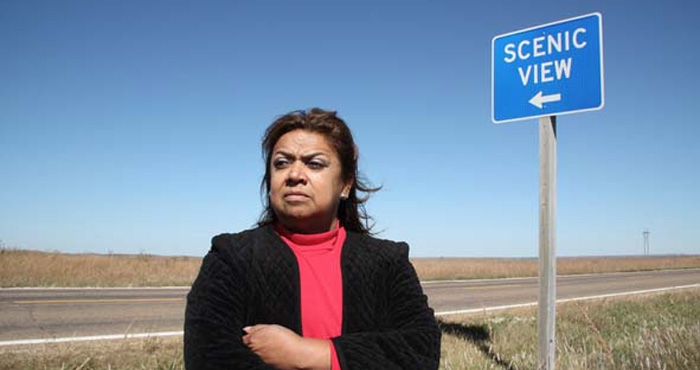Die Fünf Himmelsrichtungen
completed

The Five Cardinal Points
Mischief Films
| Director | Fridolin Schönwiese |
| Camera | Fridolin Schönwiese, Rafael Ortega |
| Sound | Rogelio Villanueva, Michael Palm |
| Editor | Karina Ressler |
| Producer | Ralph Wieser |
| Production management | Peter Janecek, David Bohun |
| Location Manager | Peter Janecek |
| Supported by | BMUKK - Austrian Federal Ministry of Education, Arts and Culture, Vienna Culture |
| Languages | English, Spanish - PAL, NTSC, Region Free |
| Subtitles | German, English, Spanish |
Trailer
Awards
- Int. Film Festival Innsbruck 2010: Documentary Film Award
- Duisburger Filmwoche 2010: 3sat-Documentary Film Award
Festivals
- VIENNALE International Film Festival Vienna, 2009, Austria
- DIAGONALE Festival of Austrian Film, 2010, Austria
- Film Festival Thessaloniki, 2010, Greece
- International Film Festival Innsbruck, 2010, Austria
- Film Festival Novi Sad, 2010, Serbia
- Kansas City Film Festival, 2010, USA
- Duisburger Filmwoche, 2010, Germany
- Morelia International Film Festival, 2010, Mexico
- Icaro Film Festival, 2010, Guatemala
- This human world, 2010, Austria
- Cine Latino, 2011, Germany
Press Reviews
With a deeply human attitude, which is evidence of his love for the protagonists, the director deals with one of the topics of today: migration. The great respect he has for his fantastic protagonists – real masters of their lives – makes it possible for him to get very close to them without exposing them. In long shots he gives the audience the possibility to linger with the stories and leaves them space to develop their own coherence. The skilful use of sound and music opens up further levels of narration, and yet, at the same time, the film retains its admirable clarity.
Synopsis
THE FIVE CARDINAL POINTS uses the protagonists to tell us about the residents of Tres Valles, Mexico, which is located in state of Veracruz. Their roots there go back through many generations of farmers and craftsmen. Sugar cane, pineapple and rice farming provided a modest but comfortable living until a few years ago.
But like in many other places, commodity prices plummeted after Mexico joined the global economy. Families were no longer able to live on the salaries paid by the local sugar-cane factory alone, and the long shadow of poverty fell over the region. As there are not many prospects for a bright future in their own country, numerous families have had no choice other than to split up and head north, to the USA, whether legally or illegally.
In powerful and intimate images director Fridolin Schönwiese presents Maria Esther’s and Miguel’s moving narratives and the human drama of a migrant worker’s life on the outskirts of society. In a continuous cycle of departure and return they struggle with rising unemployment caused by the economic crisis and feelings of alienation in their lives as migrants. Driven by their dreams, they follow the fifth cardinal point: the Mexican dream of hope for a better life.
But like in many other places, commodity prices plummeted after Mexico joined the global economy. Families were no longer able to live on the salaries paid by the local sugar-cane factory alone, and the long shadow of poverty fell over the region. As there are not many prospects for a bright future in their own country, numerous families have had no choice other than to split up and head north, to the USA, whether legally or illegally.
In powerful and intimate images director Fridolin Schönwiese presents Maria Esther’s and Miguel’s moving narratives and the human drama of a migrant worker’s life on the outskirts of society. In a continuous cycle of departure and return they struggle with rising unemployment caused by the economic crisis and feelings of alienation in their lives as migrants. Driven by their dreams, they follow the fifth cardinal point: the Mexican dream of hope for a better life.
Presskit
Die_fuenf_Himmelsrichtungen_Presskit_de.pdf
Die_fuenf_Himmelsrichtungen_Presskit_en.pdf
